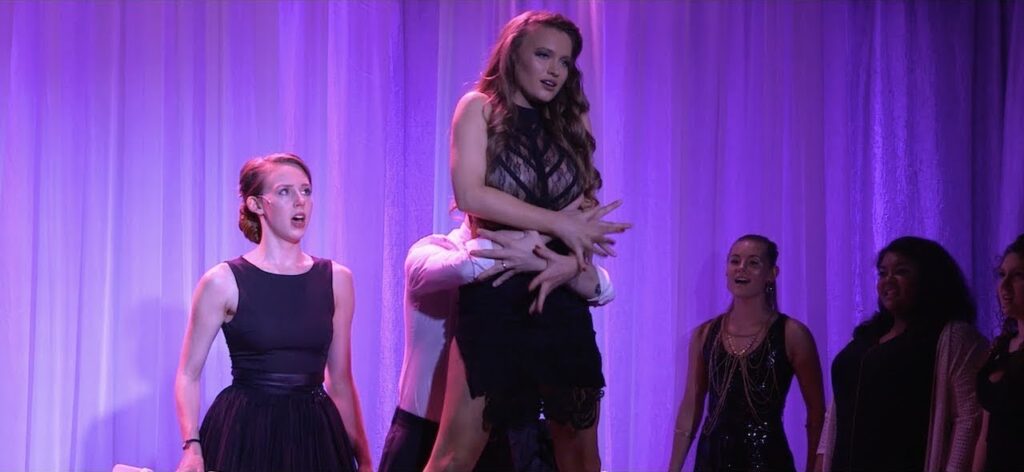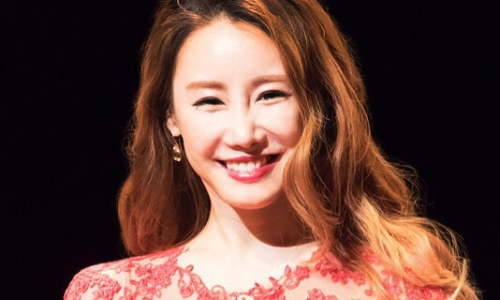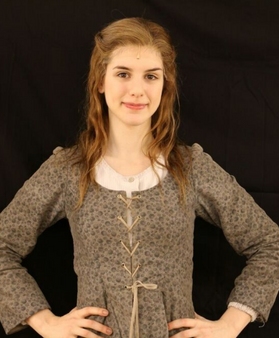Musical Theatre Training in NYC
During the 1-Year Program at NYFA’s Musical Theatre School in New York, students build upon their existing skills and natural abilities, advancing in the craft of musical theatre. In this unique program, students receive intensive musical theatre training, completing a series of projects, exercises, and performances under the guidance and tutelage of our Broadway-level faculty.
Throughout their year at NYFA, students are challenged to grow as performers while learning the expectations and challenges of performing in a professional theatrical production.
In this program, students have the opportunity to audition for our fully-produced main stage musicals, as well as our New Works Series. Students get on-stage training and learn to collaborate with cast and crew, working in a fast-paced creative environment that mirrors the industry experience. Upon graduating, students have the flexibility to pursue their creative goals or continue their education at NYFA’s Musical Theatre School. Students earn a college credit-bearing Certificate. As this program requires a strong foundation of existing performance, dance, and voice skills, all prospective students must apply and audition.
Faculty Highlights
Curriculum
Overview
The 1-Year Musical Theatre Program curriculum includes:
- An intensive series of classes that teach multiple modern and traditional approaches to performance, dance, song, script interpretation, and character formation, as well as singing and movement abilities at the beginning, intermediate, and advanced levels
- Instruction, critique, and individual attention from our faculty, consisting of Broadway and screen performers
- Professionally equipped voice practice rooms and dancing studios
- Guest lectures with industry professionals which may include Actors, Casting Directors, Agents, and Composers
To learn more, see NYFA’s Course Catalog or request more information.
NYFA’s 1-Year Musical Theatre Program takes place over the course of two semesters. Qualified students who complete the 1-Year Certificate may apply to have their coursework be accepted for advanced standing in the Musical Theatre or Entertainment BFA degree programs. Upon graduation, students earn a college credit-bearing Certificate.
To apply for the 1-Year Musical Theatre Program, prospective students must submit an application and complete a mandatory audition. The audition must include two contrasting musical theatre songs, as well as one monologue from a contemporary American play. Each piece must be approximately 60-90 seconds in length. Prospective students may audition in-person, virtually or through a video submission.
To learn more about applying to NYFA, visit our Audition Requirements page.
Students will complete a range of projects designed to help them start their musical theatre book. At the end of the first year program, students participate in a graduation showcase for family and friends, where students perform solos, duets, group numbers and dances. To learn more about the projects, visit our projects page.
Our musical theatre programs are located at our New York campus, where students get exposure to the New York City theatre, tv & film communities.
17 Battery Place
New York, NY 10004
Please note: Equipment, curriculum, and projects are subject to change and may vary depending on location. Students should consult the most recently published campus catalog for the most up-to-date curriculum.




